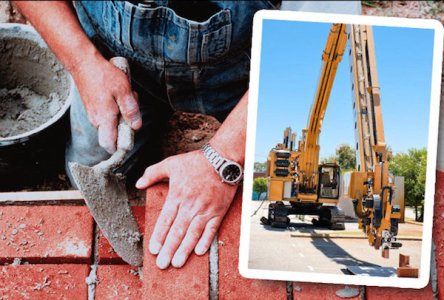There is one thing the Egyptian Pyramids, Rome’s Colosseum, India’s Taj Mahal, and the Great Wall of China have in common: masonry. All these astonishing architectural achievements, scattered all over the globe, share the same building technique chosen for its beauty, versatility, and durability. The level of complexity varies from simple masonry to ornate exteriors or high-rise buildings. After more than 6000 years, masonry is still used today. Just go down the street and look around at the office buildings, schools, houses, or patios and you’ll see some form of masonry. Traditional builders are convinced that regardless of the material used – whether it is brick, block, tile, terra-cotta, or stone – the skill and precision of the mason can never be replaced by machines. One Australian engineer presented a robot that wants to prove otherwise. Fastbrick Robotics has finished developing the robot named Hadrian (after the ancient Roman emperor Hadrian, who had a thing for construction and ordered the building of Great Britain’s famous Hadrian’s Wall). It took the engineers ten years and $7 million spent in research and development to bring Hadrian to life. Even though the robot is still in the prototype stage, Mike Pivac, an aeronautical and mechanical engineer, and the CEO of Fastbrick Robotics, hopes to bring the commercial machine onto the market within the next couple of years. Hadrian is able to handle, process, and lay 1,000 bricks an hour, work 24/7, and complete the shell of a brick house in just two days. This means 150 homes a year! Here is god to know that a standard house takes around 15,000 bricks to develop, and about six weeks to complete through the traditional method. The first step in putting Hadrian to work is creating the layout of...

